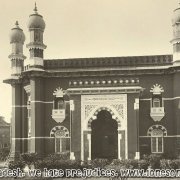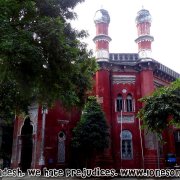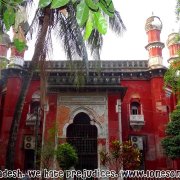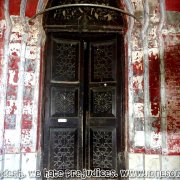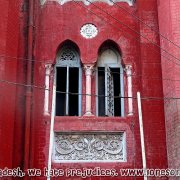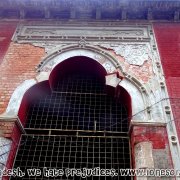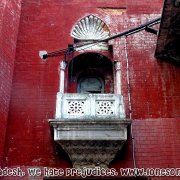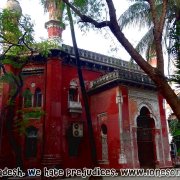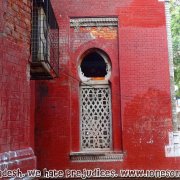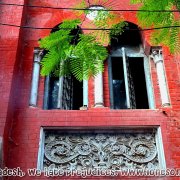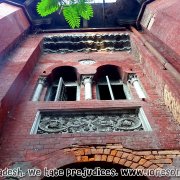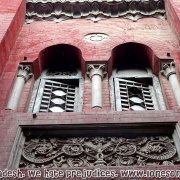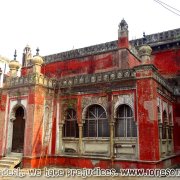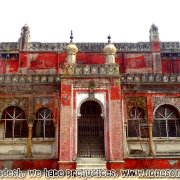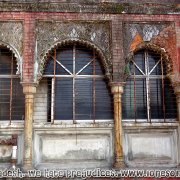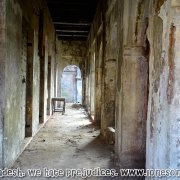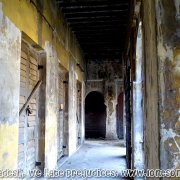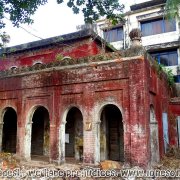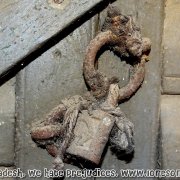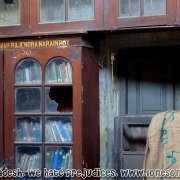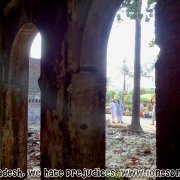Lord Northbrook, the high society of Dhaka & Rabindranath Tagore.
In 1874 Dhaka was on a prestigious visit: Thomas George Baring, 1st Earl of Northbrook, Knight Grand Commander of the Most Exalted Order of the Star of India, member of Her Majesty’s Most Honorable Privy Council, member of the Royal Society (the island in Franz Josef Land in the Arctic Ocean, discovered on August 14, 1880 by the British polar explorer Benjamin Leigh Smith on his fourth polar voyage, was named after him, the Northbrook-Island), member of the House of Lords and Governor General and Viceroy of India, in short: Lord Northbrook. To commemorate this important visit, the upper class of Dhaka donated the city a building appropriate to the event. It should be a new town hall which should also bear the name of the distinguished visitor, Northbrook Hall. The building was inaugurated with great pomp in 1880, two years later a clubhouse, the Johnson Hall, was built on the south side. At that time one had a clear view of the Buriganga from both buildings. Johnson Hall also acted as the Northbrook Public Library, which quickly became known for its literary collection (15,000 books). On February 7, 1926, the literary community of Dhaka honoured the Nobel Prize winner Rabindranath Tagore here.
Like many buildings of this time, this one was built in the Indo-Saracen style, a mix of Moorish and European (Renaissance) architectural features. The large main entrance as well as the four minarets on the north side were designed in the Mughal or Moorish style, as were the battlements, the ornamental parapet and the ornamental domes. Features of the European Renaissance can be found in the decorations on the windows, doors and walls. From 1950 Northbrook Hall was used as a telegram office and later as a college for women.
Nowadays the listed building is flanked by vulgar functional buildings and almost crushed and an ugly, functionless pentagram fountain ruins the view of the main entrance in the north. The substantial condition of Northbrook Hall itself is comparatively good, at least in comparison to Johnson Hall or the Northbrook Public Library, which unfortunately is in a very desolate condition. As is so often the case, the responsible authorities (Department of Archeology) unfortunately show little interest here, rather the library seems to be left to its own devices, including many of the books.













































